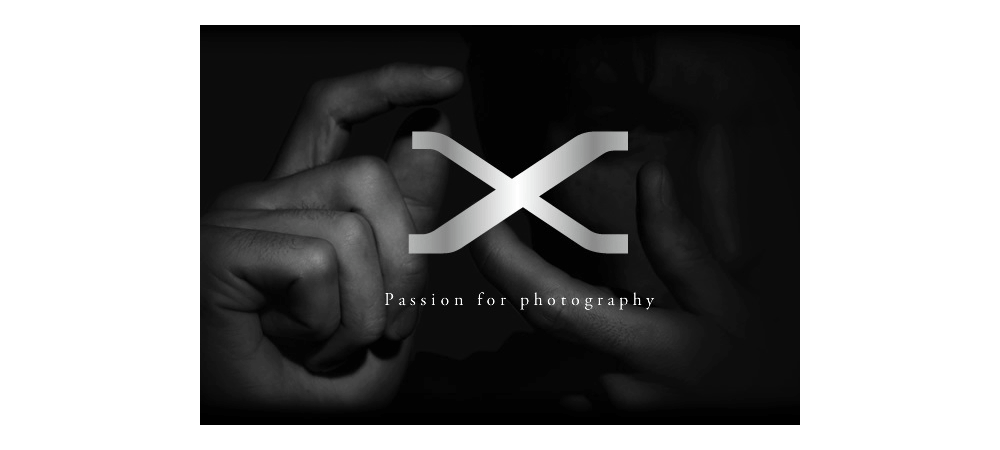There are many myths around mirrorless cameras, which I’m going to demistify and clarify here.
Low Pixel Count
Mirrorless cameras like DSLRs have different pixel counts but they’re not lower than their DSLR counterparts, i.e. Sony Alpha 7 II has 42.4 Mpx and Fujifilm GFX 50S has 51.4 Mpx.
Small Sensors
Mirrorless cameras have exactly the same sensors as DSLRs, either Full-Frame or APS-C format (or smaller). And even bigger with cameras like the mentioned Fujifilm GFX 50S, which has a medium-format sensor 43.8 x 32.9 mm.
No Manual Control
Not sure at all. Mirrorless cameras actually give you a lot of control, including all control over your exposure. Some cameras, like Fujifilm cameras, even give you traditional control like an aperture ring on the lens or a shutter speed dial on the camera. You can also take pictures in Aperture-priority and Shutter speed-priority.
They’re only good for Amateurs
Mirrorless cameras are great for a range of photographers. Many professional landscape and fashion photographers use mirrorless cameras like Sony Alpha 7 (or Alpha 9 now) or Fujifilm X-T2 or X-Pro2.
They produce images with more noise
Because mirrorless cameras use the same sensors as DSLRs the quality of images and noise amount are the same (comparing the same sensor size). They are not more “noisy” or less. It all depends on the sensor.
Poor Viewfinder Image
Viewfinders in mirrorless cameras, even though they’re electronic viewfinders, are great. They have some significant advantages over DSLRs, just to name a few:
- seeing exactly what the image will look like when you press the shutter button (including white balance and exposure),
- being able to see live histogram in the viewfinder,
- being able to set AF point anywhere within the frame
- and many more.
Poor Auto Focus
There has been a lot of improvement in this area as manufacturers improved Auto Focus in their cameras. Nowadays they’re fast and responsive, and make the subject sharp very quickly.
They’re not as customisable
Mirrorless cameras are as much customisable as DSLRs. They have function menus to have access to all features, some of them even have options where you can choose features you want to appear in them. Many of mirrorless cameras have touchscreens.
Not suitable for Action Photography
Mirrorless cameras manufacturers resolved issues with early cameras which had laggy viewfinders. Now it’s gone and they’re great for shooting moving subjects. Some of very impressive cameras that are very fast for shooting action, just to name a few, are Fuji X-T2 and X-T20, Sony A6500, Panasonic GH5 and Olympus OM-D E-M1 Mark II.
Poor Focus in Low Light
This is another area where mirrorless cameras manufacturers did a lot of work as initially it wasn’t a strong point for them but they improved. Some entry level cameras may still struggle in low light but top of the range mirrorless cameras deal with low light much better.
They’re Expensive
Mirrorless cameras are cheaper than DLSRs when you compare them. You can get a mirrorless camera with a lens for less than £300. You can buy a full frame mirrorless Sony Alpha 7 for £1200-1300 where a full frame DSLR will cost you at least £1500-1600.
They don’t shoot raw
All mirrorless cameras can shoot raw as well as Jpeg like DLSR cameras do.

